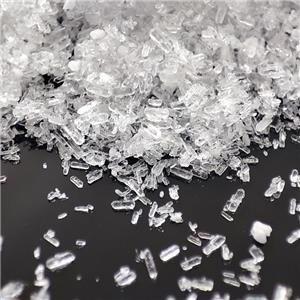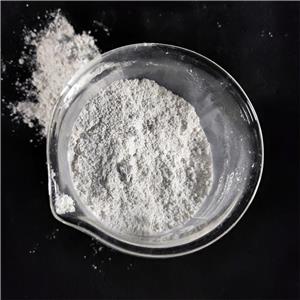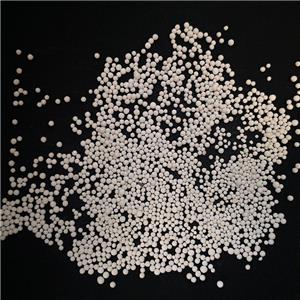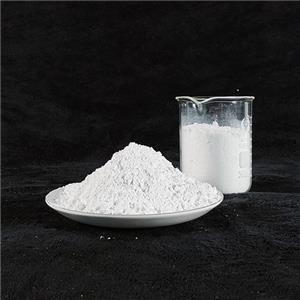How much do you know about the whiteness of talcum powder?
Whiteness, broadly defined, is an important comprehensive indicator for evaluating talc powder quality. It primarily includes dry whiteness, wet whiteness, and hue. Wet whiteness requires thorough mixing of talc powder with an appropriate amount of dimethyl phthalate (DMP) to form a homogeneous system before measurement. This method better simulates the behavior of talc powder during actual plastic processing.
For the same raw material, whiteness is significantly affected by particle size and moisture content. Generally speaking, finer particle size increases specific surface area, enhancing light scattering and correspondingly increasing whiteness. Higher moisture content, on the other hand, increases light absorption, leading to a significant decrease in whiteness. Although whiteness has little impact on physical properties such as mechanical and thermal properties, maintaining high whiteness and purity is crucial for light-colored or aesthetically pleasing plastic products, directly impacting product appearance quality and market acceptance.
A major drawback of talc powder in practical applications is that it often darkens the color of plastic products to varying degrees after compounding. This phenomenon severely limits its widespread use in high-end and light-colored plastic products. By systematically measuring and comparing dry and wet whiteness, we can qualitatively assess the impact of talc powder on the darkening tendency of plastic products. Lower wet whiteness generally indicates a greater degree of color darkening in plastics. It's important to note that a high dry whiteness doesn't necessarily guarantee a high wet whiteness. Only talc powders with high purity, minimal impurities, and excellent overall whiteness can achieve a high wet whiteness, which in turn minimizes the negative impact on color stability during actual plastic processing.
Therefore, when selecting talc powder for the plastics industry, particular attention should be paid to its wet whiteness and hue. Ideally, high-quality talc powder should have the highest possible Y (brightness) and L (lightness) values, while minimizing the absolute values of a (red-green bias) and b* (yellow-blue bias). This ensures that the final plastic product exhibits positive color, high whiteness, and minimal color shift, meeting the stringent appearance requirements of high-end applications.
Liaoning Victory Fire-Retardant Material Technology Co., Ltd.'s Talc Powder is sourced from carefully selected high-quality talc ore, ground using modern precision technology and rigorously purified through multiple stages, resulting in a powder with a fine texture, high whiteness, and exceptional purity.





